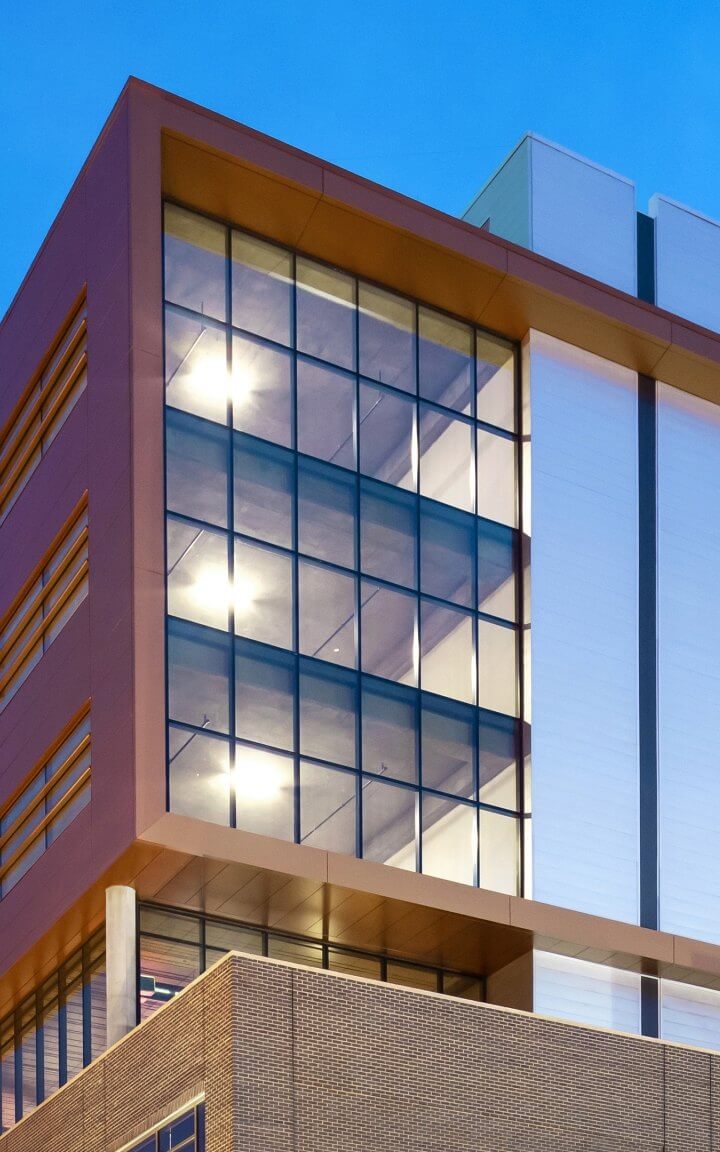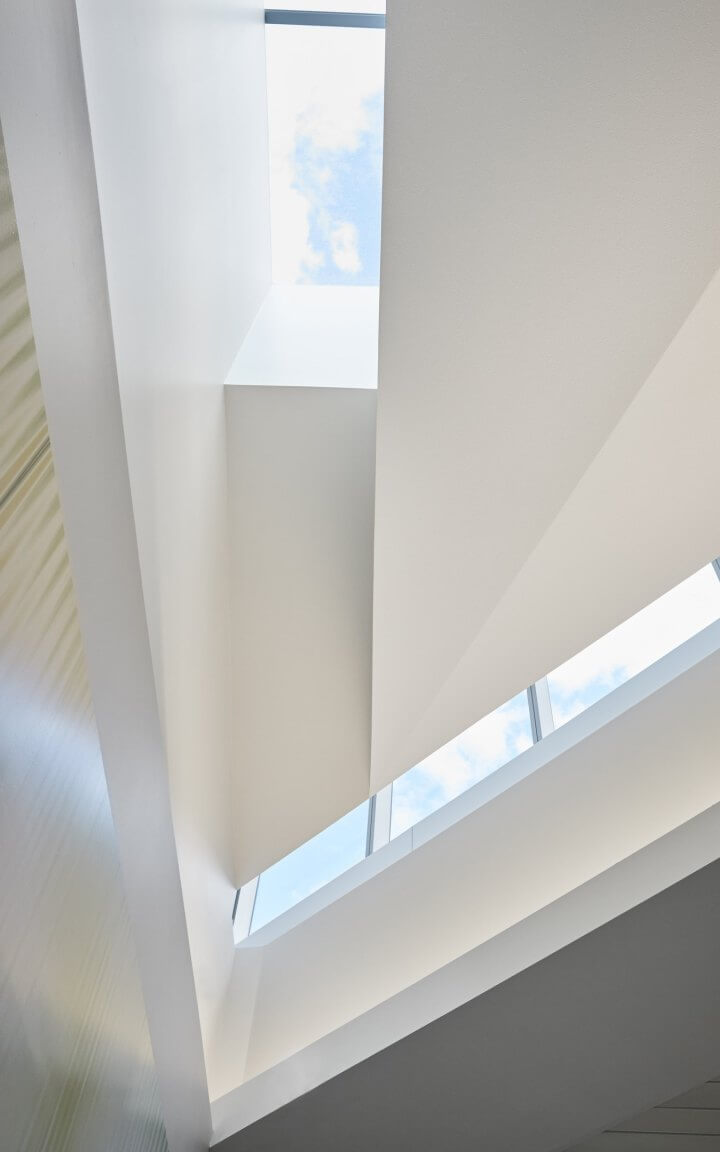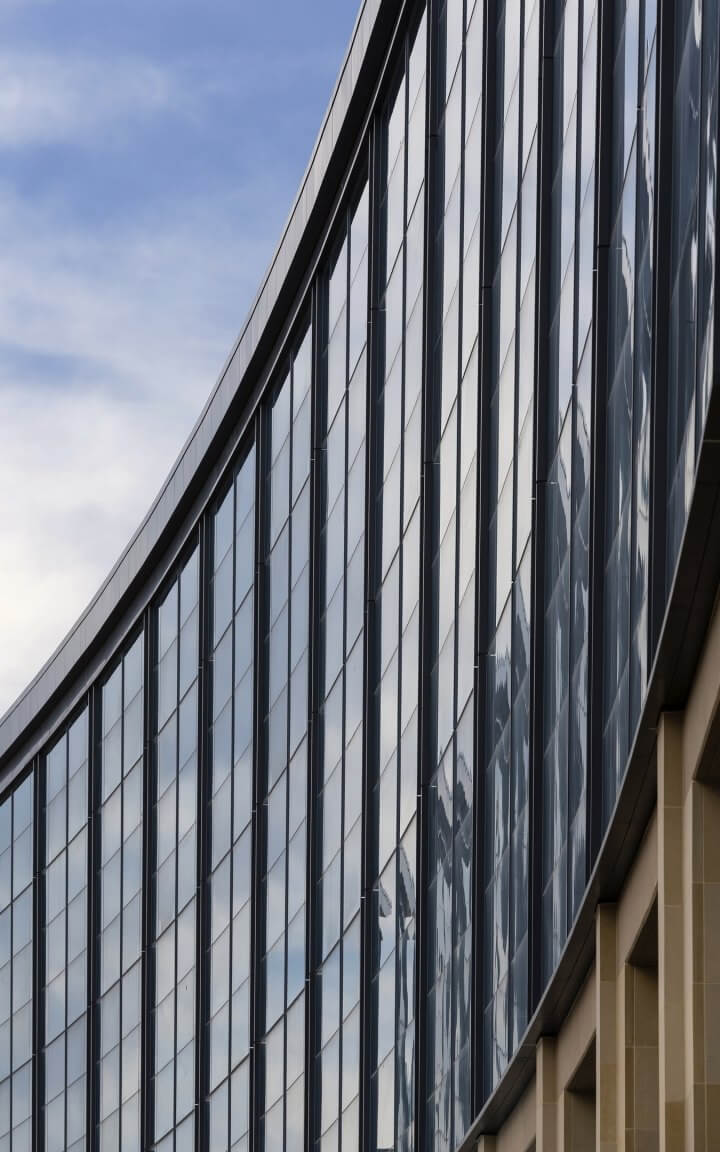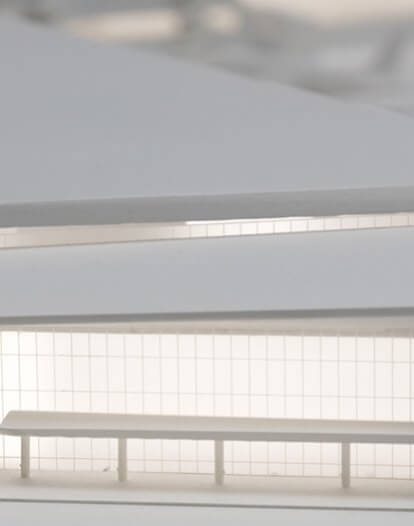Corgan research report explores evolving renter expectations
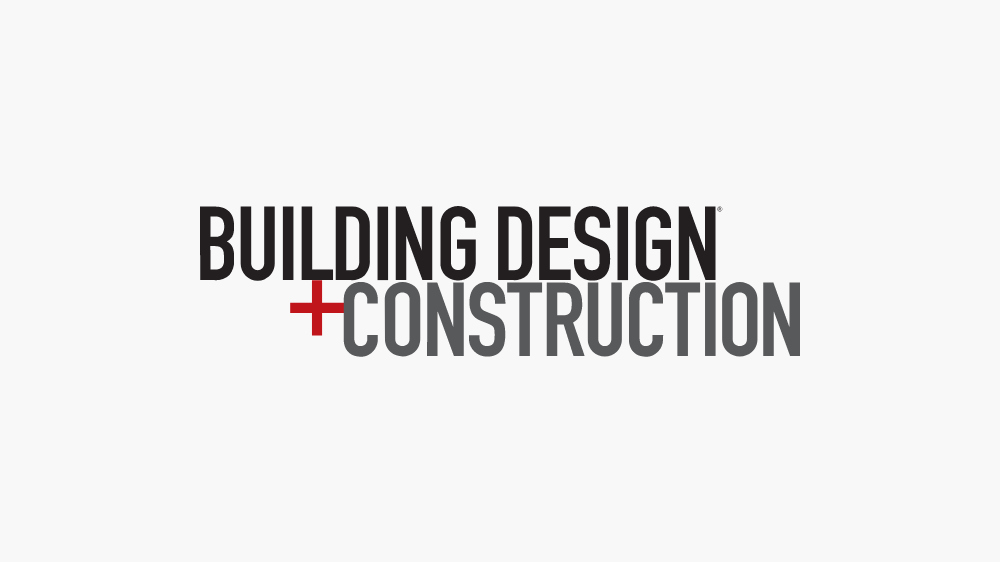
In a survey of nearly 1,500 multifamily renters, Corgan finds that architects and designers will soon face a "new reality" in working with developers.
New multifamily research has made its way to 2025 by global architecture and design firm Corgan. In the report, Corgan is challenging the traditional assumptions that owners and developers have regarding renters' preferences like location and luxury amenities.
The Residency Reshaped report is a joint effort by Hugo—Corgan’s research and innovation team—and the firm's multifamily practice. In today's ever-changing market, the report aims to answer many questions, including "what attracts renters to an apartment?" and "what makes them stay/leave?" Ultimately, Corgan looks to see if developers truly understand what today's renters want.
Key Takeaways of the Residency Reshaped Report for 2025
The survey of 1,480 renters spread across six Sun Belt markets—Atlanta, Austin, Dallas, Denver, Nashville, and Phoenix—captured renters' experiences and preferences. Residency Reshaped reveals how multifamily renters prioritize their individual needs, adapt to remote work and evolving technology, and how they navigate their living situations.
In an "Assumption vs. Reality Overview", Corgan uncovers some myth-busting results. For example:
Assumption: Renters prioritize quality rental experiences as homeownership costs rise. Developers are trying to differentiate their properties through enhanced and varied amenities, creating a sense of community, and offering flexible payment options.
Reality: Most renters find stability in renting over financial gain in buying. The majority of renters surveyed plan to continue to do so, with 42% intending to stay in their current apartment and 31% looking to move to another rental property.
In this assumption, only 27% of renters indicated that they were looking to purchase a home when their lease ends. Because of this, Corgan suggests design strategies such as making apartments feel more like home with spacious, flexible layouts that can be customized.
Corgan details more of these assumptions in the report.
